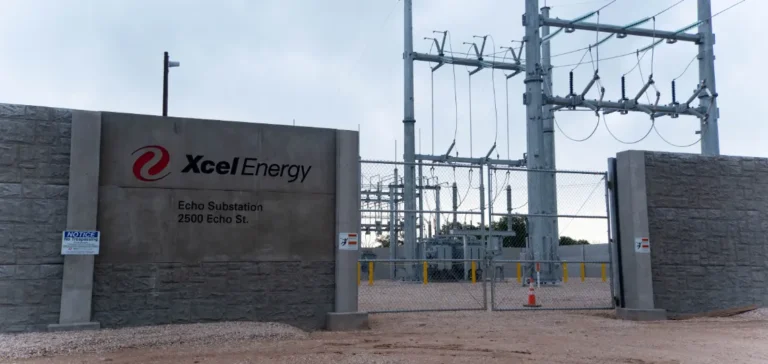Xcel Energy has unveiled a portfolio of new energy projects aimed at meeting the growing electricity demand in Texas and New Mexico. By 2030, the company plans to add 5,168 MW of capacity, including 3,200 MW of flexible generation and energy storage and 1,968 MW of wind and solar capacity. This initiative is part of a long-term strategy to enhance system reliability, support economic growth, and improve grid resilience.
Adrian Rodriguez, president of Xcel Energy for Texas and New Mexico, stated, “This portfolio is about more than just adding power. We are working to accelerate the deployment of a more modern and resilient energy system that our customers can rely on.” According to Xcel, investing in a diversified energy mix will ensure reliable electricity while supporting the region’s economic development.
Electricity demand in the region is expected to grow by over 40% by 2030, driven by population growth, industrial expansion, and increased electrification. The new planning reserve margin requirements from the Southwest Power Pool, which mandate higher capacity to meet growing seasonal demand, also strengthen the need for these new projects.
Selected projects and technologies
The 2024 solicitation launched by Xcel Energy gathered proposals for various energy projects, including wind, solar, battery storage, and natural gas power generation. The projects will be developed under different ownership structures, with some being built and owned by Xcel, while others will be constructed by developers and purchased by the company. This diversity allows the company to meet the market’s varied needs while maintaining flexibility.
Some projects will also extend the life of existing natural gas units, such as those at Nichols, Maddox, and Plant X, thus contributing to grid reliability and reducing operational costs.
Economic impact and regional benefits
The economic impact of the projects is expected to be significant. In New Mexico, an independent analysis forecasts that the projects could generate up to $5 billion in economic benefits over five years, primarily driven by the expansion of the oil and gas industry and increased electrification. In Texas, the projects will help meet growing demand in areas such as the Panhandle, while supporting job creation, tax revenues, and infrastructure investment in both rural and urban communities.
Approval plan and future projects
Xcel Energy plans to submit this portfolio of projects for approval by state regulators in the second half of 2025. Encouraged by the response from developers to this solicitation, the company has already announced its intention to launch a new round of proposals for additional resources to be operational by 2032, aiming to further accelerate the process and meet the growing demand.






















